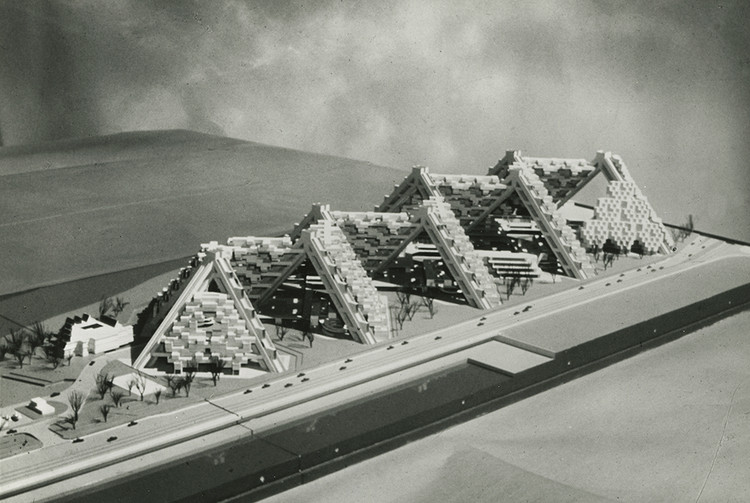While Moshe Safdie may be more well known for the bold forms defining his portfolio of built projects—ranging from the National Gallery of Canada and the horizontal Raffles City Chongqing to the iconic Habitat 67—the architect considers his unbuilt works as important, if not more. Safdie ponders the role of these projects and more in PLANE-SITE’s latest addition to the series Time-Space-Existence.

“For those who design in order to build, not succeeding in building is not a failure,” Safdie says. “There are different reasons that things don’t get built but they form a fascinating track through one’s thoughts and career. When I review that unbuilt work, some of it is the most significant work I’ve done.”


In the short film, he contemplates the lineage of Habitat 67. He notes that the iteration in Montreal, which still stands today, was only a fifth of the multi-site project. Proposal for sites from New York to Israel reflect his fascination for using three-dimensional building blocks as spatial components. For Safdie, looking back on these projects is crucial for orienting architecture in the present-tense. This outlook results in contemporary buildings that are a product of both the technology and spirit of the times but embedded with a timeless sense of meaning


This interview with Safdie is part of larger series of profiles by GAA Foundation which includes Kengo Kuma, Tatiana Bilbao, Arata Isozaki, and Fumihiko Maki. Each month, PLANE-SITE will publish another interview leading up to the Time-Space-Existence exhibit running parallel to the Venice Architecture Biennial opening May 2018.
News via: PLANE — SITE.




























